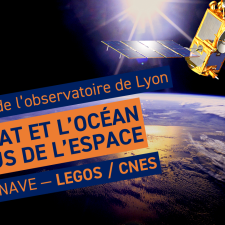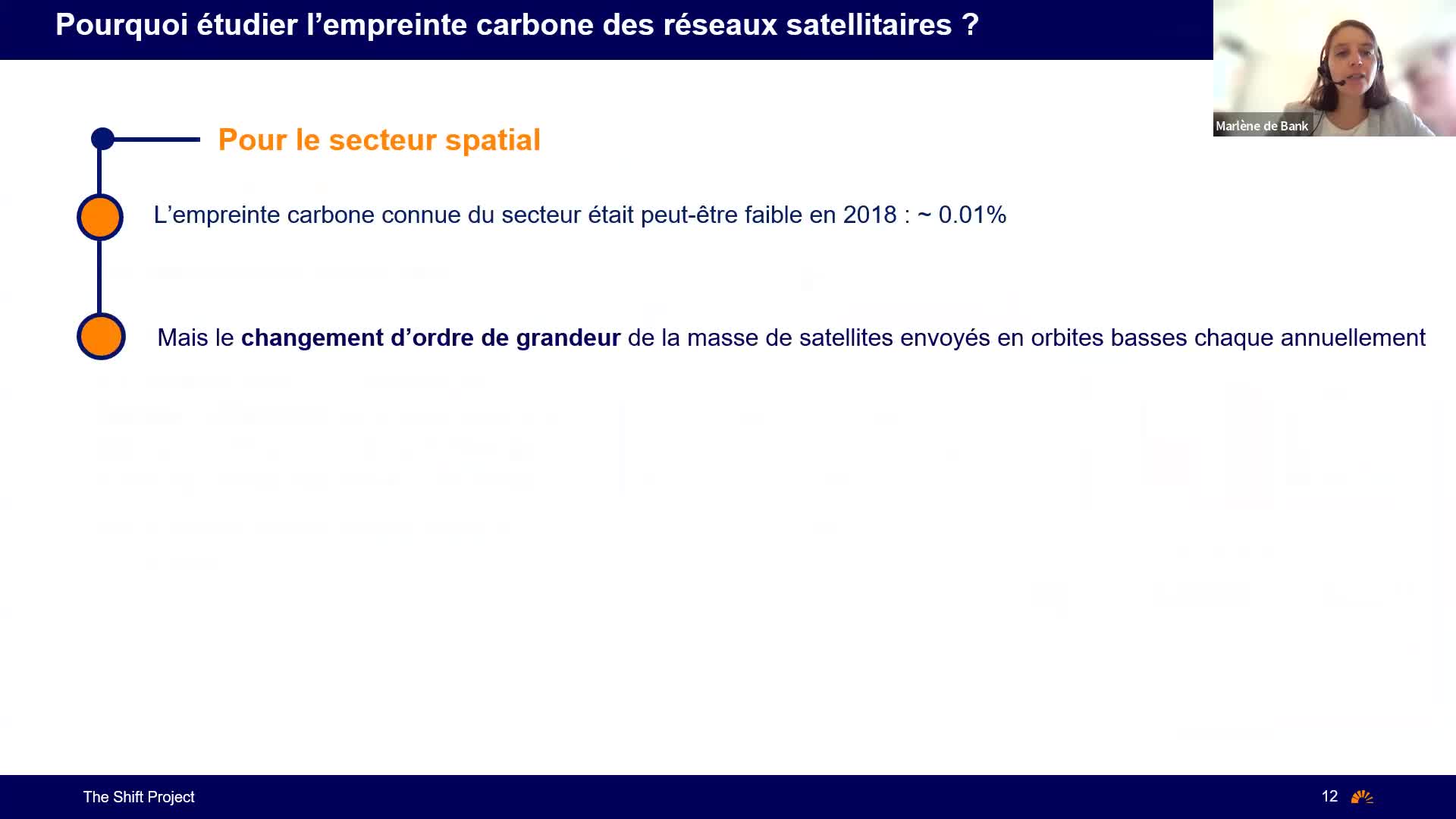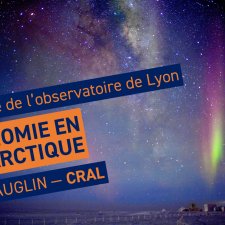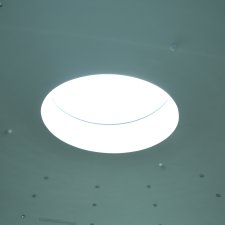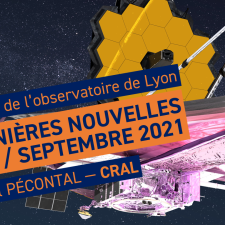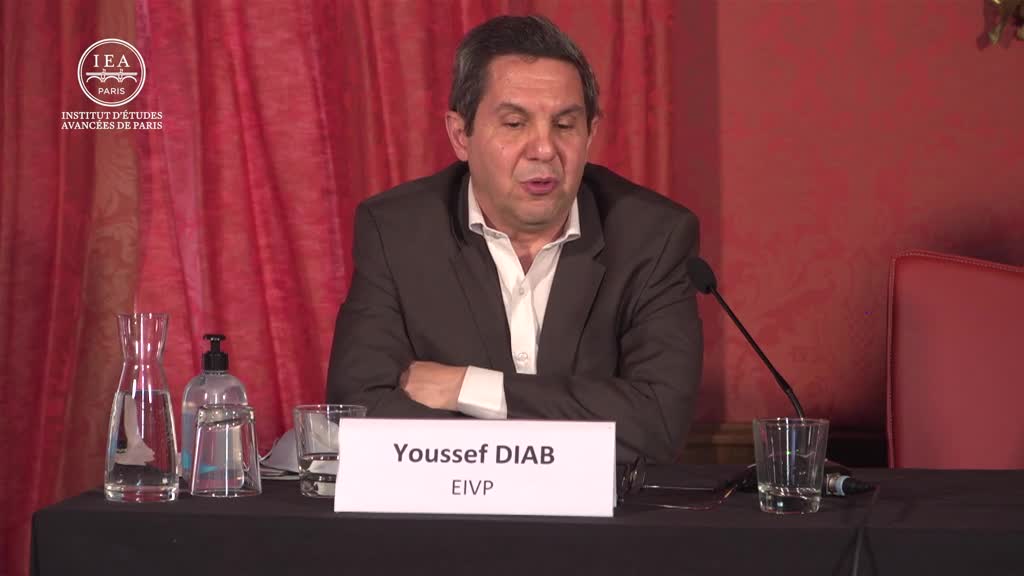Notice
Atmospheric Observation Methods - Martial Haeffelin
- document 1 document 2 document 3
- niveau 1 niveau 2 niveau 3
Descriptif
Why should we observe the atmosphere?
How does a measuring instrument work?
Classification of measuring instruments.
In-situ measurements close to the ground.
In situ measurement at altitude using a weather balloon.
Passive remote-sensing instruments.
Active remote-sensing instruments.
Atmospheric observation at the planetary level.
Sur le même thème
-
Changement climatique, fonte des glaces, réchauffement et hausse de l'océan : le rôle de l'observat…
CazenaveAnnyIl est à présent bien établi que les activités humaines sont la cause du changement climatique observé de nos jours. L'apport de l'observation spatiale, à l'aide de satellites en orbite autour de la
-
Impact environnemental des réseaux satellitaires
Impact environnemental des réseaux satellitaires : une analyse du Shift Project. Par Marlène De Bank Séminaire public d'EcoInfo
-
Vent et ville : atelier
GoffetteCharlotteCharlotte Goffette propose aux participants un atelier pour tester in situ ses petits instruments de mesure sensible du vent.
-
Vent et ville
GoffetteCharlotteCharlotte Goffette, chercheuse en design, anime une matinée consacrée à son travail sur le vent.
-
La recherche en milieu polaire (Dôme C, Antarctique)
VauglinIsabelleLa base scientifique de Concordia, en Antarctique, accueille toute l'année des chercheurs et des chercheuses qui viennent braver les conditions extrêmes du pôle Sud pour scruter l'Univers. Le
-
Laplace, le climat et nous
DhombresJeanLe TreutHervéavec Hervé Le Treut (climatologue) et Jean Dhombres (historien des sciences)
-
Le cycle du carbone perturbé par les émissions anthropiques
BoppLaurentUne présentation consacrée aux effets de l'action anthropique sur le cycle du carbone depuis le milieu du XXe siècle et les conséquences qui en découlent sur le climat.
-
Actualités astronomiques de septembre 2021
PécontalEmmanuelTourisme spatial ; nouveau système solaire ; exolune en formation ; télescope spatial James-Webb et radiogalaxie : les actualités astronomiques de septembre 2021.
-
le resilience assessment framework, un outil de diagnostic pour les villes et les secteurs s…
Par Maria Adriana Cardoso, chercheuse au Laboratoire du Génie Civil du Portugal, accompagnée de Maria João Telhado, Cheffe de division Environnement et énergie, Municipalité de Lisbonne dans le cadre
-
Atmospheric chemistry, pollution and climate change - Solène Turquety
How do atmospheric pollutants impact on the climate? What is the radiative impact of aerosols? Budget of the radiative impacts. What is the benefit to the climate of improving air quality? What
-
Renewable Energy and Climate Change - Riwal Plougonven
What does the IPCC (Intergovernmental Panel on Climate Change) recommend in terms of emissions for the decades to come? What are our sources of energy? How quickly has the breakdown of these primary
-
Weather extremes and climate change - Philippe Drobinski
How do weather conditions vary? What are extreme weather events? How do we define weather extremes?


